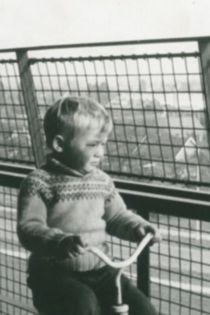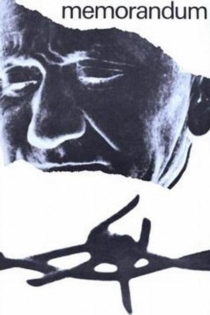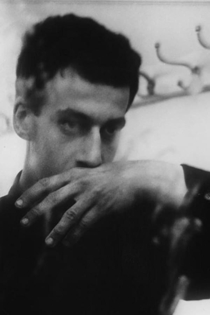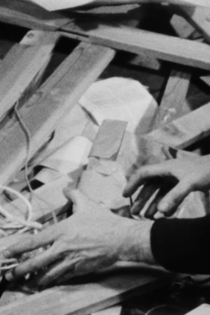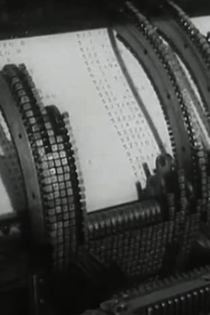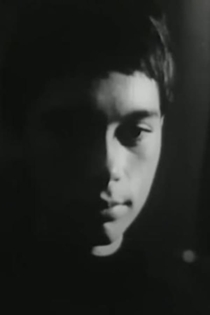
Peter Weiss
1916 - 1982Studie V: Växelspel
Peter Weiss
Celo Pertot, Ina Strandmark
Study V: Interplay is constructed along the same principles as Study IV / Hallucinations. Sequences of photographic abstractions have been balanced against more realistic sections. Study V depicts a surrealistically charged encounter between two lovers, a young woman and a man.
Studie V: Växelspel
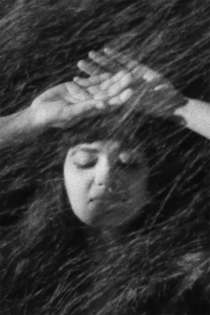
Studie IV: Frigörelse
Peter Weiss
Lennart Arnér, Carlo Derkert
'Studie IV' (1955) by Peter Weiss portrays a liberation process. The main character moves between different rooms, rooms of significance for him, dragging something that constantly changes form but eventually turns out to be himself. It is an old and consumed I that disappears from him.
Study No. 4: Liberation
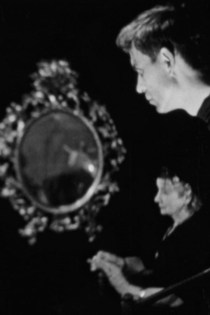
Studie II: Hallucinationer
Peter Weiss
Eugen Albán, Lars Fredin
"Studie II (Hallucinationer)" (Study II (Hallucinations)) (1952), comprises twelve staged scenes that were modelled after a set of drawings. Accompanied by metallic sounds, various body parts, limbs and objects form surrealistic collages against the background of a black space. Peter Weiss intended to create associative images that can not be deciphered completely. Beyond any logical interpretation, he wanted to show pure inner feelings.
Study II: Hallucinations

Bag de ens facader
Peter Weiss
The immense population increase in Copenhagen mid of the 20th century requested new living space further from the city centre. The old town quarters of the danish capital offered neither enough space nor did they provide a life close to nature which was required especially by families with many children. Based on the so called „finger plan” from 1947 Copenhagen was enlarged along five radial traffic axes. Using the example of the estates Carlsrø in Rodøvre and Milestedet in Brøndbyøster "Bag de ens facader" documents life in a modern suburb.
Bag de ens facader
